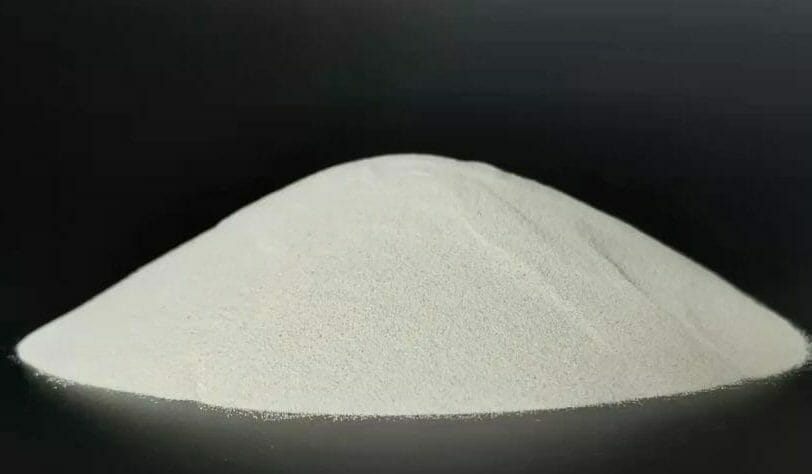By Ts. Dr.-Ing. Zarina Itam
Imagine if in the future, we deplete all of earth’s resources due to our continuous development and industrialisation. Where do we find new resources for our use? We would be at a frenzy trying to source materials for our sustainability, not unlike the movie “Mad Max: Fury Road” (2015). The movie is set in a post-apocalyptic world where resources are scarce, and society has collapsed into chaos. The film follows a group of survivors led by Max Rockatansky, played by Tom Hardy, and Furiosa, played by Charlize Theron, as they make their way through a desolate desert wasteland in pursuit of a promised land, a cruel warlord and his army are after them.
Advanced materials refer to materials that possess superior properties or functionalities compared to conventional materials. These materials are created to possess specific properties essential for current technological, commercial, or scientific uses. Advanced materials play an essential role in driving innovation, performance enhancement, sustainability, safety enhancement, and economic growth. Their ongoing advancement and use are essential for tackling global issues and establishing a sustainable, technologically advanced future.
The creation of advanced materials with superior features and functions frequently seeks to get beyond the drawbacks of standard or conventional materials by providing better performance, higher durability, increased efficiency, and other benefits. Cenospheres are one example of advanced materials that have gained attention in recent years. Cenospheres are lightweight, hollow spheres composed mainly of silica and alumina with a hollow interior filled with air or gas. They are a by-product of coal combustion in thermal power plants. Combustion for the generation of electricity in thermal power plants produces solid wastes commonly known as coal combustion by-products such as fly ash, bottom ash, boiler slag, and flue gas desulphurisation materials.
One of the crucial issues faced by the energy industry is the increasing amount of ash produced from the coal burning process. The continuous ash production consequents in expansion of ash dumps. This indirectly increases the disposal costs to eradicate overall Pulverised Fly Ash at sites. On the bright side, recent research on fly ash suggested many value-added applications of fly ash reutilisation. Hence, to extract fly ash from other waste, several methods of separation have been developed to segregate value-added product components, such as aluminosilicates, magnetite, cenosphere, and unburned carbon due to increasing the reusability of the fly ash.
The elimination of Pulverised Fly Ash also leads to indirect waste of natural resources as cenosphere, which is a naturally occurring constituent in Pulverised Fly Ash. Cenosphere are recognised as a sustainable material due to its competent mechanical properties and structure. The unique properties of cenosphere include that such as spherical, lightweight, heat resistant, have enhanced insulation, good thermal stability, and chemical inertness, where it will be conformable to a wide range of industrial applications on the material used in the engineering industry, highway engineering, oil, and gas industry, foundry engineering as well as the chemical industry.
The growing demand for cenosphere is the key factor expected to drive the growth of its use in the future. The characteristic of cenosphere from each coal power plant slightly differs depending on many criteria. Cenospheric creation begins with a thermochemical reaction and a stage of changes brought on by mineral coal created after combustion. The original composition of the coal, the type of furnaces used, the circumstances for cooling melt droplets, and other factors affect the granulometric, chemical, and phase-mineral compositions of the cenosphere.
As a country that utilises coal powerplant for energy generation, Malaysia can benefit by looking into the extraction of cenosphere from coal powerplants as a new source of material. Cenosphere may drive innovation and enable the development of new technologies in Malaysia. They open possibilities for creating novel products, processes, and applications. Advancements in materials science have led to breakthroughs in fields such as renewable energy, electronics, biotechnology, aerospace, and healthcare. For instance, the development of cenosphere building products like lightweight concrete, insulation materials, and fireproofing coatings have focused on improving their performance, expanding their range of applications, and enhancing their sustainability.
Advanced materials like cenosphere often offer eco-friendly alternatives to conventional materials. They can contribute to sustainability efforts by reducing energy consumption, lowering emissions, minimizing waste generation, and improving resource efficiency. For example, lightweight composites can help reduce the weight of vehicles, leading to improved fuel efficiency and reduced greenhouse gas emissions.
The utilisation of cenosphere also enable the development of efficient water purification systems, renewable energy technologies, and environmentally friendly packaging materials. They can withstand extreme conditions, resist corrosion, provide superior insulation, or possess self-healing properties. In sectors like aerospace, automotive, and construction, the use of cenosphere could ensure structural integrity, improves safety standards, and extends the lifespan of products.
The development and utilisation of advanced materials have significant economic implications. They create opportunities for industries to gain a competitive edge, improve manufacturing processes, and develop innovative products. Advanced materials also foster job creation in research, development, manufacturing, and related sectors. Additionally, the development of new industries and the extension of already existing ones is frequently a result of the commercialisation of improved materials, which promotes wealth and economic growth.
The author is a Senior Lecturer and Head of Unit (External Relations) at Civil Engineering Department, College of Engineering, Universiti Tenaga Nasional (UNITEN). She may be reached at [email protected]










